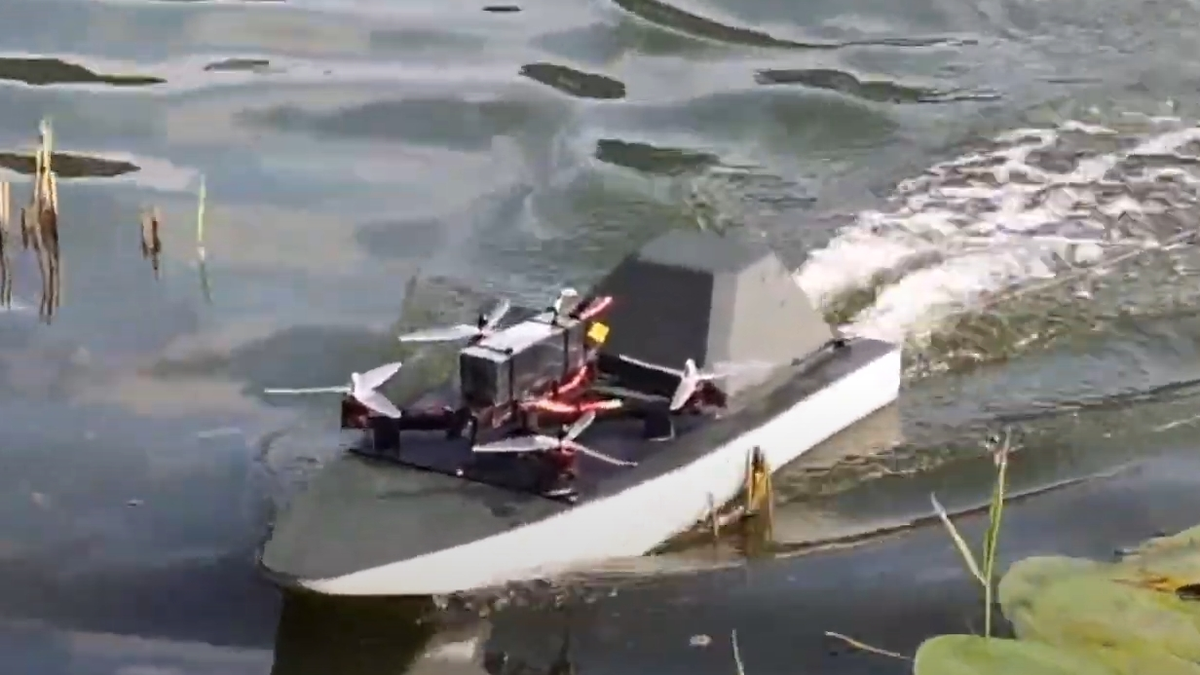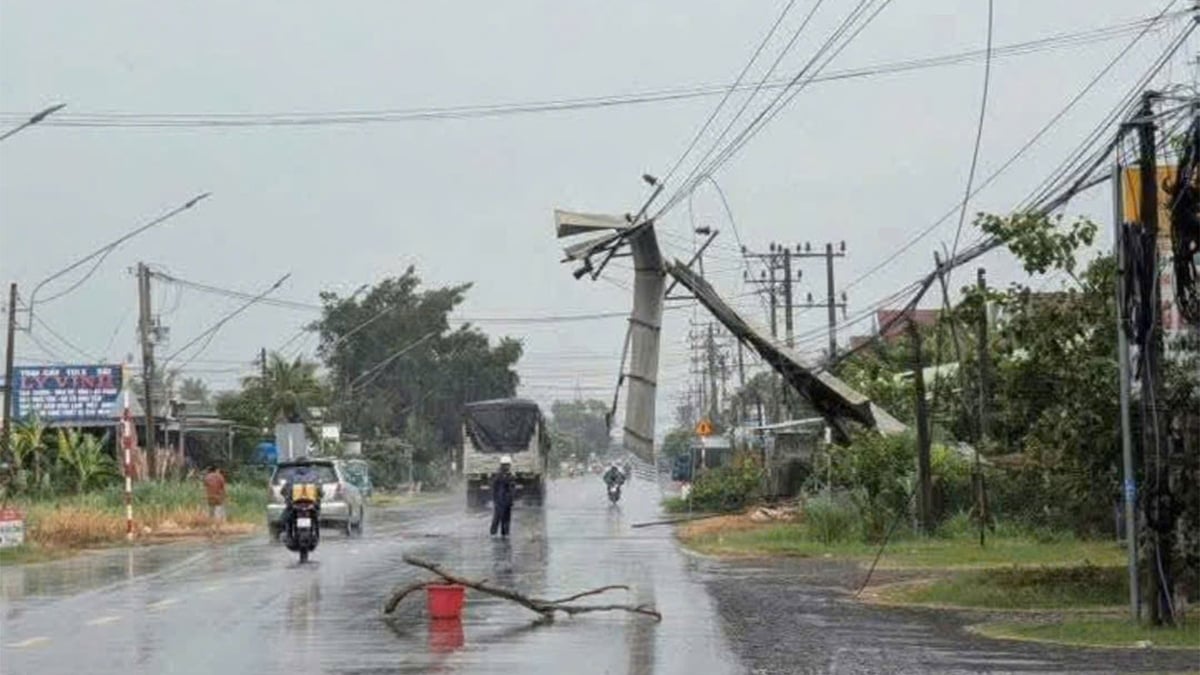Viruses dormant under permafrost could resurface, causing dangerous epidemics, if climate change becomes more severe.
Two weeks camping on the muddy, mosquito-ridden banks of Russia's Kolyma River is not a glamorous assignment. But virologist Jean-Michel Claverie is willing to take it on to uncover the mystery of a "zombie" virus spawned by climate change.
His discoveries shed light on the grim reality of global warming. As the ice melts, giant viruses, sometimes dormant for nearly 50,000 years in the heart of Siberia, will emerge.
Claverie’s research shows that permafrost, the soil that once housed animals, provides the perfect conditions for preserving organic matter: natural, dark, oxygen-free, and chemically inactive. In Siberia, this ice can stretch for up to 1 kilometer—the only place in the world where permafrost is so deep.

Some viruses have been hidden deep under ice for nearly 50,000 years. Photo: US CDC
As the planet warms by about 1.2 degrees Celsius (2.6 degrees Fahrenheit) compared to pre-industrial times, scientists fear dormant pathogens will be reactivated. A Siberian heat wave in the summer of 2016 unleashed anthrax spores, leading to dozens of infections, one child’s death, and thousands of reindeer deaths.
In July, another team of scientists announced the discovery that even multicellular organisms can survive in permafrost conditions, in a metabolically inactive state called cryptobiosis. The scientists successfully revived a 46,000-year-old roundworm from the Siberian permafrost simply by rehydrating it.
For years, global health agencies and governments have been tracking infectious diseases that are unknown, have no immunity, and have no cure. In 2017, the World Health Organization (WHO) added “Disease X” to its list of top priority diseases. The goal is to develop a roadmap for containment. The effort has received increased attention since the Covid-19 pandemic.
"WHO is working with more than 300 scientists to review the evidence on all families of viruses and bacteria that can cause epidemics and pandemics, including pathogens that could emerge from thawing permafrost," explained Dr Margaret Harris, a WHO spokesperson.
But the inherent, intractable problem with research is that hunting for a threat can inadvertently spread the pathogen further. The risk of cross-contamination during sampling is high, so many scientists have begun to favor less proactive, more resource-intensive approaches.
“It would be great if we could set up a dedicated method to monitor the Inuit (ancient tribes living in permafrost regions) to see what diseases they have. If there is a pathogen coming from the permafrost, we would catch it much faster,” Claverie said.
Claverie isn’t the only researcher warning of the dangers of zombie viruses. Last year, a team of scientists published a study of soil and sediment samples from Lake Hazen, a freshwater lake in Canada that lies within the Arctic Circle. Using computer modeling, the team found that the risk of the virus spreading to new hosts was higher in certain locations near where glacial meltwater flows into the lake.
Thuc Linh (According to CNN, Science Alert, Bloomberg )
Source link




















































![[Maritime News] More than 80% of global container shipping capacity is in the hands of MSC and major shipping alliances](https://vphoto.vietnam.vn/thumb/402x226/vietnam/resource/IMAGE/2025/7/16/6b4d586c984b4cbf8c5680352b9eaeb0)













































Comment (0)